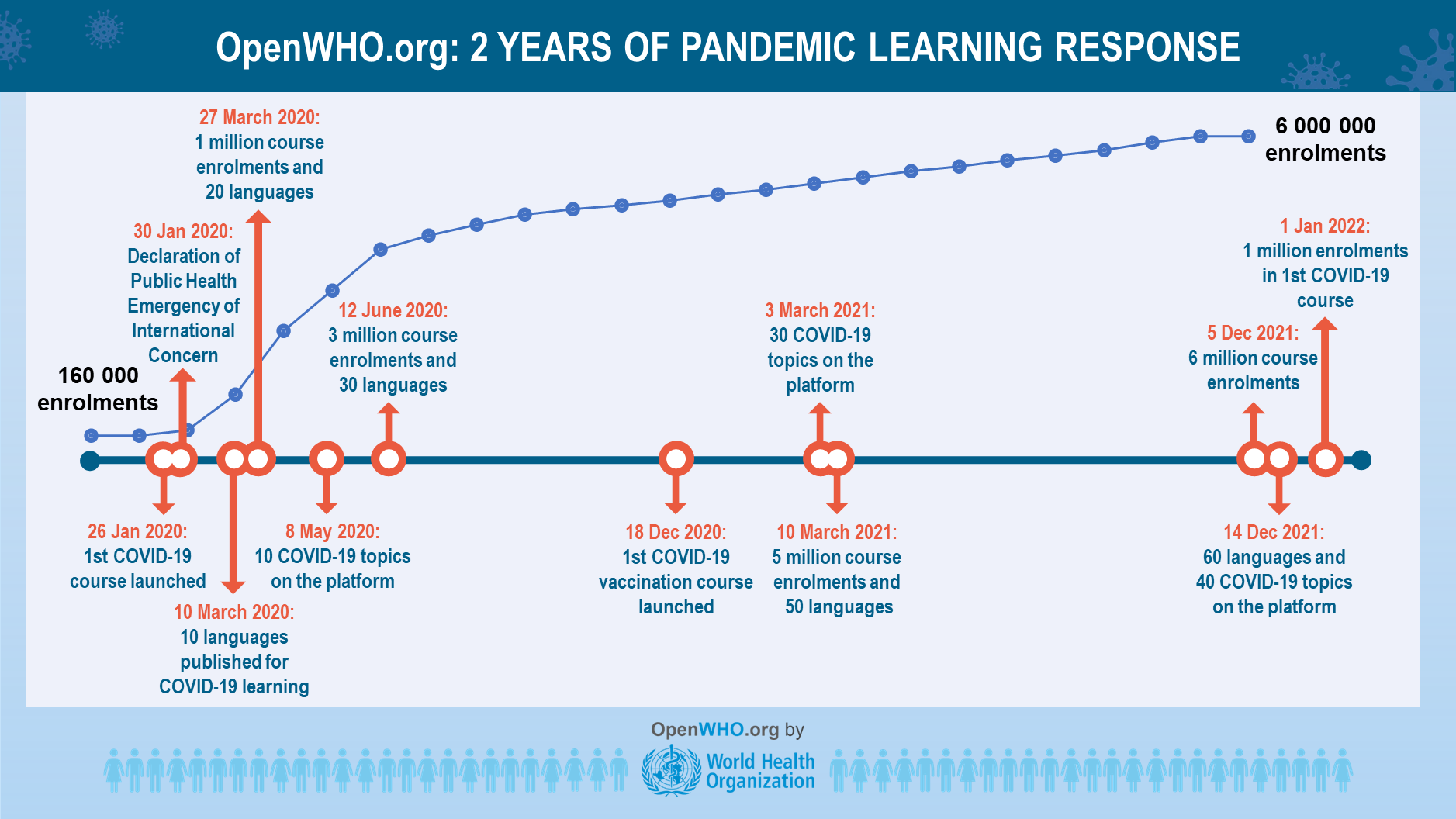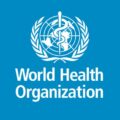Introduction
The COVID-19 pandemic has highlighted the global vulnerability to infectious disease outbreaks. It has underscored the critical need for robust pandemic prevention and preparedness strategies. This article delves into the multifaceted aspects of pandemic prevention and preparedness, exploring historical lessons, current strategies, and future directions to mitigate the impacts of potential pandemics.
Historical Context and Lessons Learned
Pandemics are not a new phenomenon; history is replete with examples such as the Black Death, Spanish flu, and more recently, SARS, H1N1, Ebola, and COVID-19. Each of these outbreaks has provided valuable lessons:
- Rapid Response and Containment: The SARS outbreak in 2002-2003 demonstrated the importance of early detection and swift containment measures. Countries that implemented rigorous quarantine and contact tracing were more successful in controlling the spread.
- Global Collaboration: The H1N1 influenza pandemic in 2009 showed the need for global collaboration in sharing information and resources. The World Health Organization (WHO) played a crucial role in coordinating international efforts.
- Infrastructure and Preparedness: The Ebola outbreak in West Africa (2014-2016) highlighted the importance of having strong healthcare infrastructure and preparedness plans, especially in low-resource settings.
Key Elements of Pandemic Prevention
Pandemic prevention involves a combination of surveillance, early detection, and proactive measures to minimize the risk of disease outbreaks. Key elements include:
1. Surveillance and Early Detection
Effective surveillance systems are the cornerstone of pandemic prevention. These systems must be capable of detecting outbreaks early and accurately. This involves:
- Integrated Disease Surveillance: Combining human, animal, and environmental health surveillance to identify potential zoonotic threats.
- Real-time Data Sharing: Ensuring timely sharing of data between countries and organizations to enable swift action.
- Advanced Diagnostics: Utilizing advanced diagnostic tools and technologies, such as genomic sequencing, to rapidly identify pathogens.
2. Research and Development
Investing in research and development (R&D) is crucial for creating vaccines, therapeutics, and diagnostic tools. Key aspects include:
- Vaccine Development: Prioritizing the development of vaccines for high-risk pathogens and ensuring scalable manufacturing capabilities.
- Antiviral and Antimicrobial Research: Developing effective antiviral and antimicrobial agents to treat infections.
- Innovative Technologies: Exploring new technologies such as mRNA vaccines, which have shown promise during the COVID-19 pandemic.
3. Wildlife and Ecosystem Management
Many pandemics have zoonotic origins, making wildlife and ecosystem management essential. Strategies include:
- Monitoring Wildlife Trade: Regulating and monitoring the trade of wildlife to prevent spillover of diseases.
- Habitat Conservation: Preserving natural habitats to reduce human-wildlife interactions that can lead to the transmission of pathogens.
- One Health Approach: Implementing the One Health approach, which recognizes the interconnectedness of human, animal, and environmental health.
Preparedness Strategies
Preparedness involves planning and capacity building to ensure that countries can effectively respond to pandemics. Key strategies include:
1. Strengthening Healthcare Systems
Robust healthcare systems are fundamental to pandemic preparedness. This involves:
- Infrastructure Investment: Building and maintaining healthcare infrastructure, including hospitals, laboratories, and supply chains.
- Workforce Training: Training healthcare workers in infection control, emergency response, and critical care.
- Resource Stockpiling: Ensuring adequate stockpiles of essential medical supplies, such as personal protective equipment (PPE), ventilators, and medications.
2. Emergency Response Planning
Effective emergency response planning involves:
- National and Local Plans: Developing and regularly updating national and local pandemic response plans.
- Simulation Exercises: Conducting regular simulation exercises to test and refine response strategies.
- Public Communication: Establishing clear communication channels to provide accurate information and guidance to the public during a pandemic.
3. Global Coordination and Governance
Pandemics are global events requiring coordinated international responses. Key actions include:
- Strengthening WHO: Empowering the WHO with the authority and resources to coordinate global responses.
- International Agreements: Developing and enforcing international agreements on pandemic preparedness and response.
- Funding Mechanisms: Establishing funding mechanisms to support preparedness efforts, especially in low- and middle-income countries.
Future Directions
Looking ahead, several areas require focus to enhance pandemic prevention and preparedness:
1. Technological Innovations
Emerging technologies hold great promise for pandemic prevention and response. These include:
- Artificial Intelligence (AI): Utilizing AI for predictive modeling, outbreak detection, and resource allocation.
- Telemedicine: Expanding the use of telemedicine to provide care and reduce the burden on healthcare facilities.
- Digital Health Tools: Leveraging digital health tools for contact tracing, health monitoring, and public communication.
2. Equity and Access
Ensuring equitable access to healthcare resources is critical. This involves:
- Global Vaccine Distribution: Addressing inequities in vaccine distribution to ensure all countries have access to vaccines.
- Healthcare Accessibility: Improving healthcare accessibility in underserved and marginalized communities.
- Financial Support: Providing financial support to countries with limited resources to build their pandemic preparedness capacities.
3. Policy and Governance Reforms
Strengthening policy and governance frameworks is essential for effective pandemic preparedness. Key reforms include:
- Pandemic Treaty: Advocating for a global pandemic treaty to formalize commitments and ensure accountability.
- Regulatory Harmonization: Harmonizing regulations for rapid approval of vaccines, therapeutics, and diagnostics during emergencies.
- Public-Private Partnerships: Encouraging public-private partnerships to leverage resources and expertise in pandemic response efforts.
Conclusion
The COVID-19 pandemic has underscored the urgent need for comprehensive pandemic prevention and preparedness strategies. By learning from past pandemics, investing in surveillance, research, and healthcare infrastructure, and fostering global collaboration, we can build a more resilient world capable of mitigating the impacts of future pandemics. The time to act is now, and a coordinated, multi-sectoral approach is essential to safeguarding global health.





